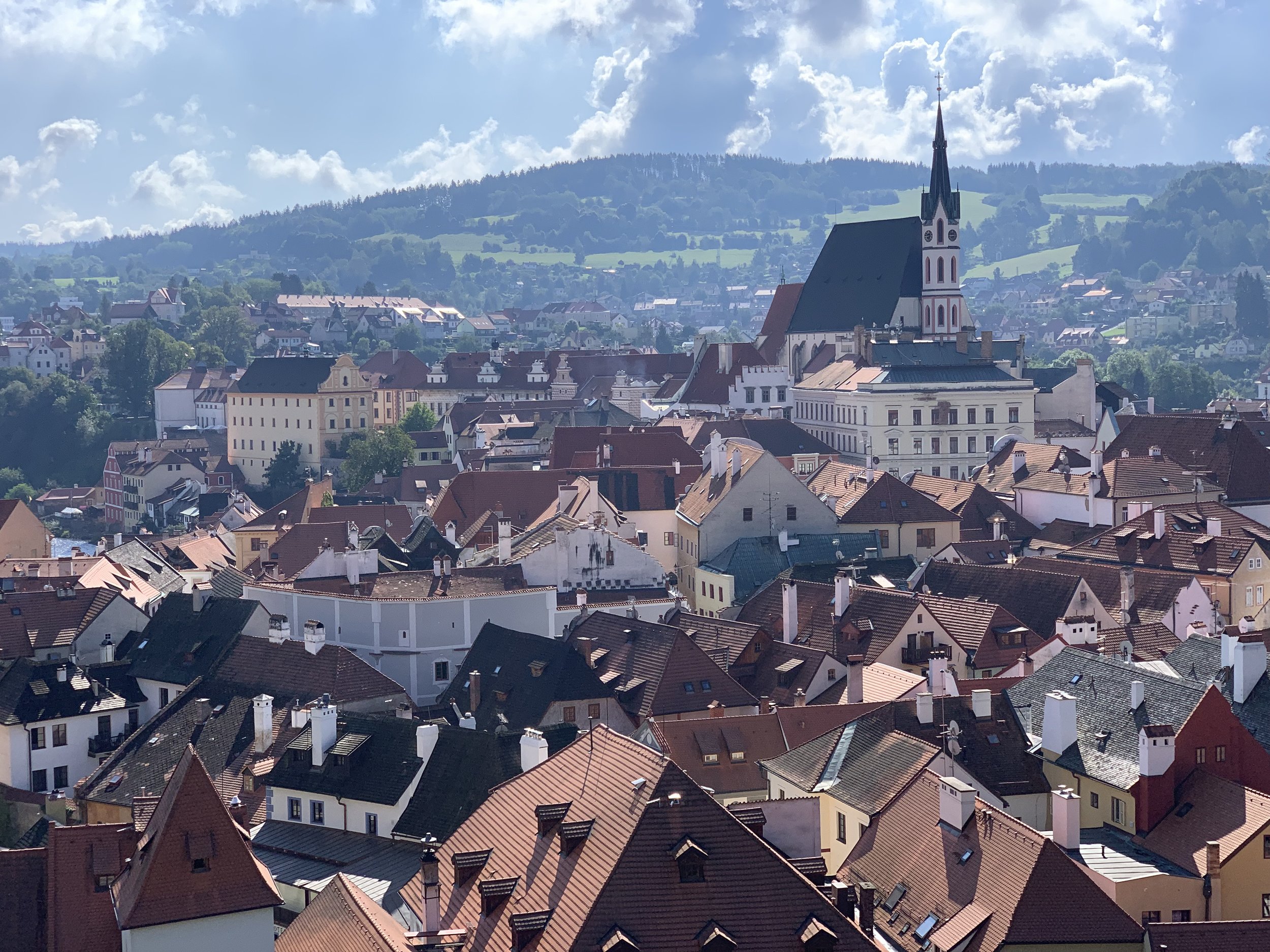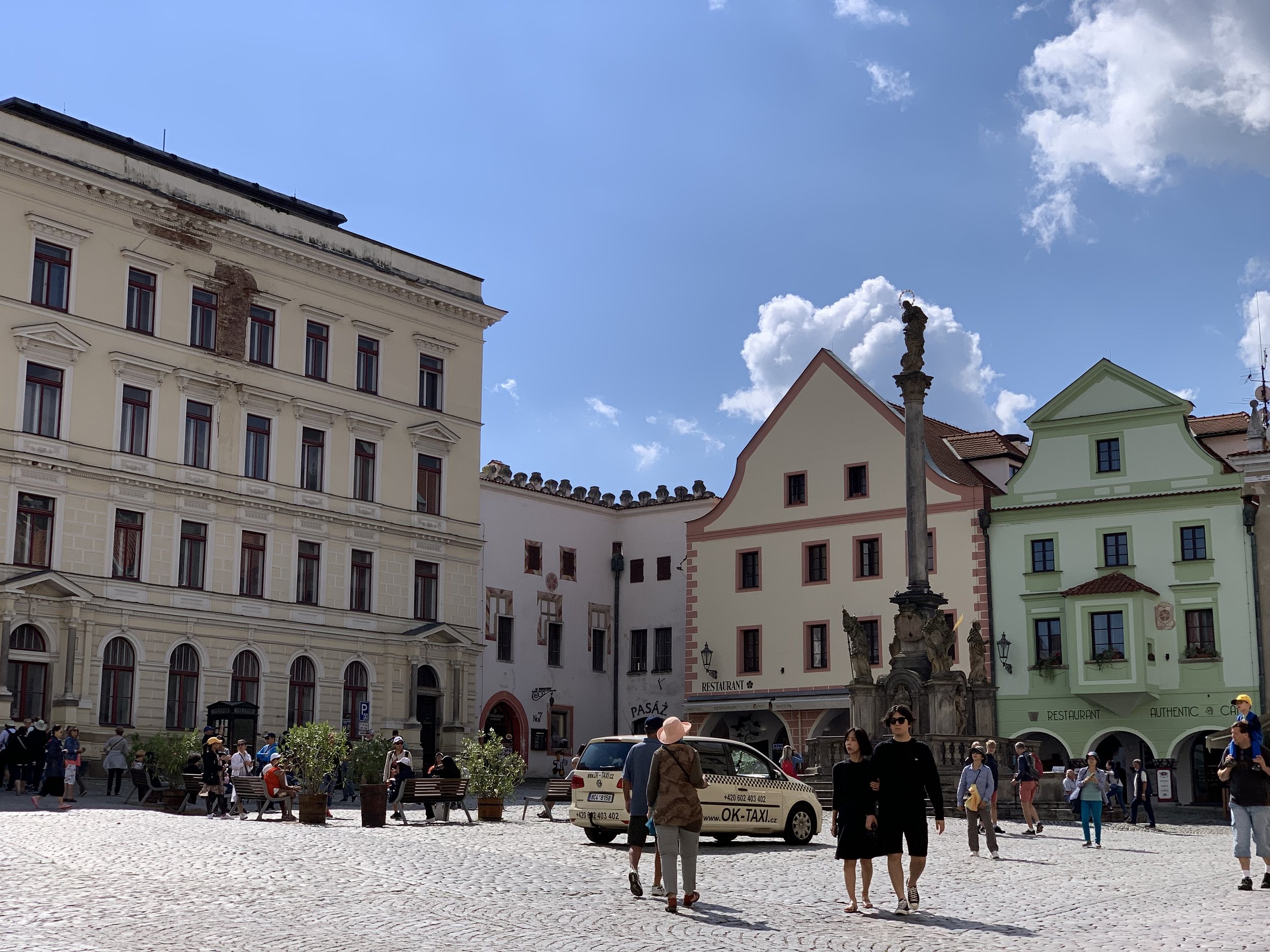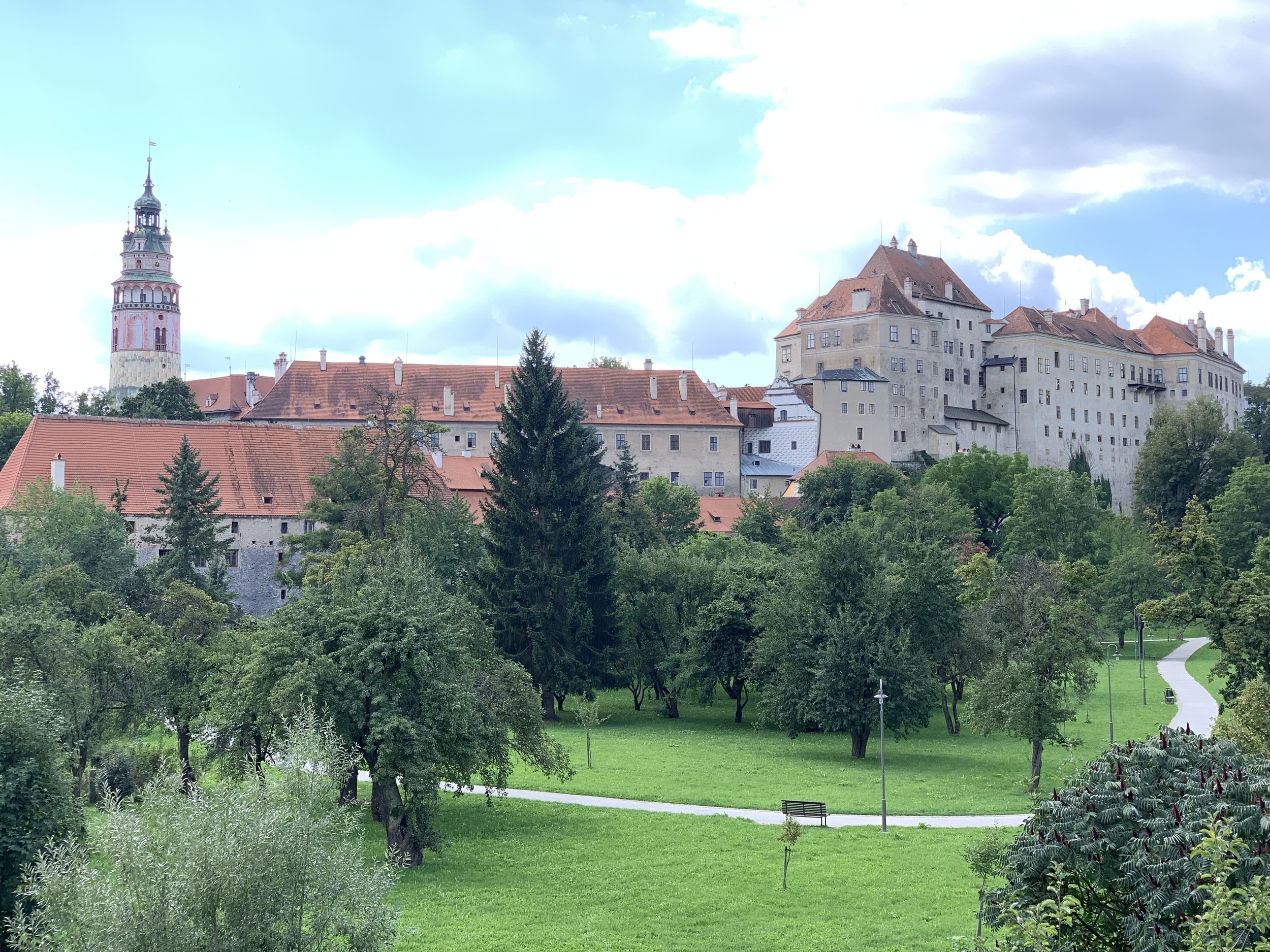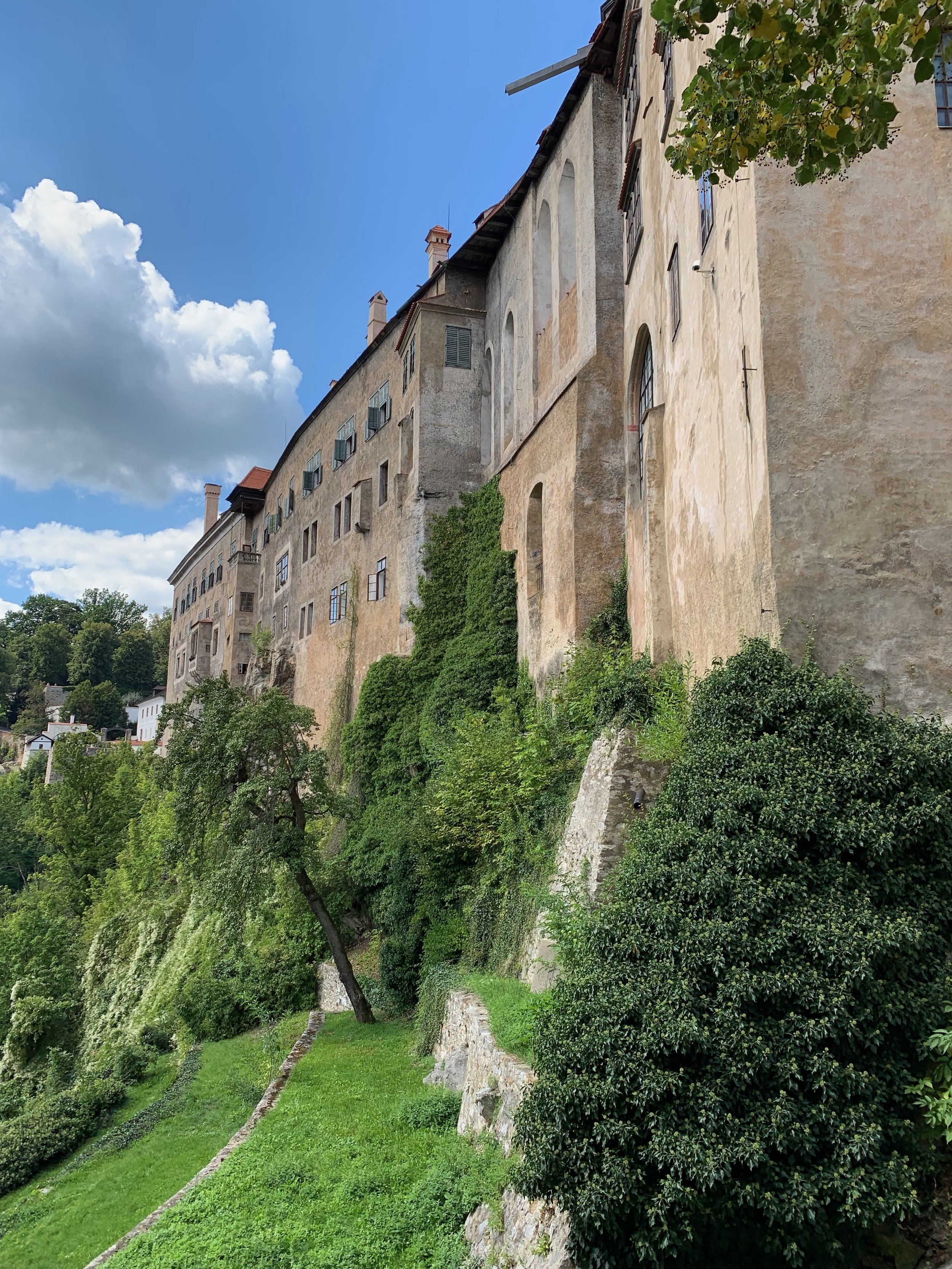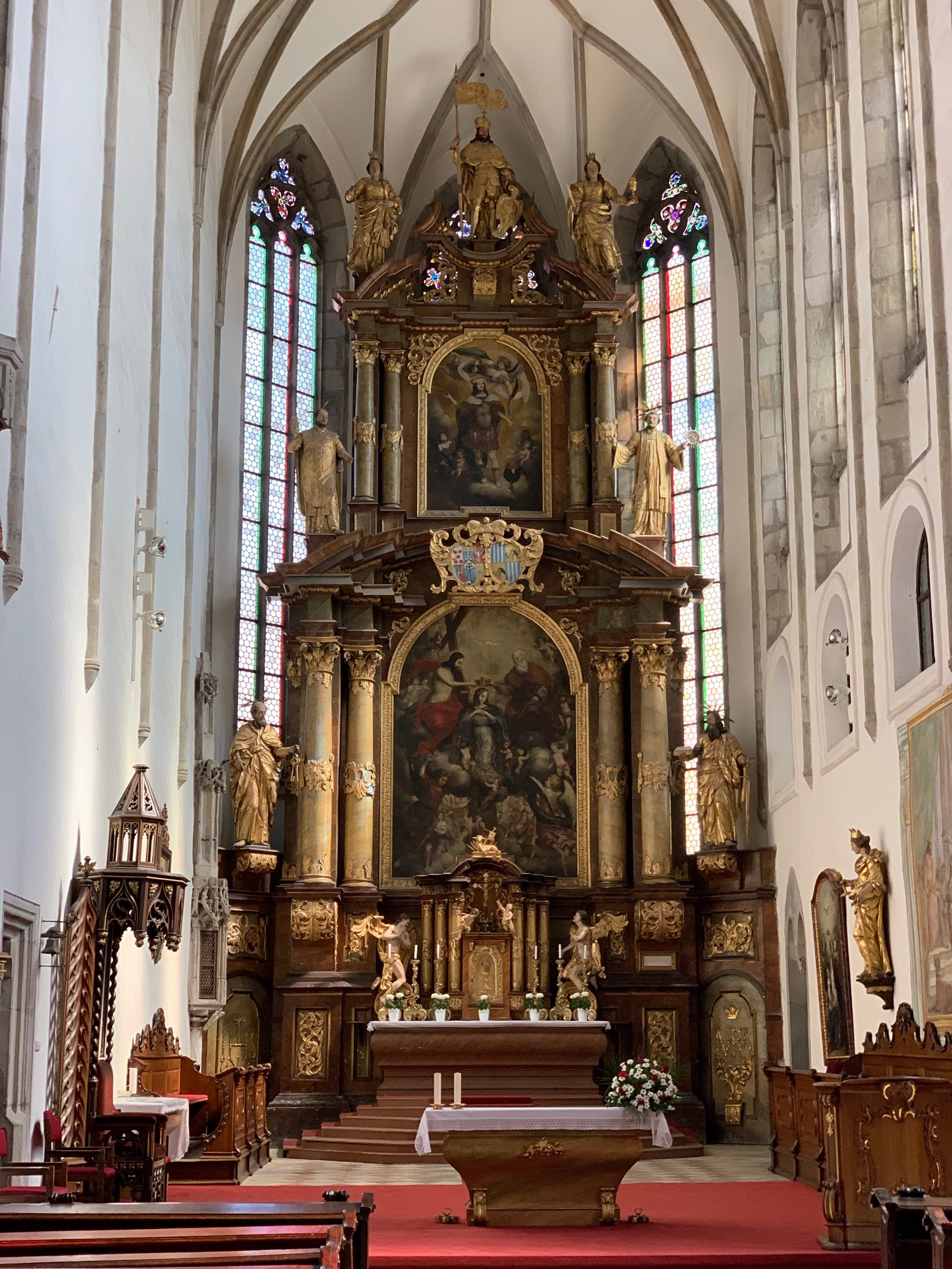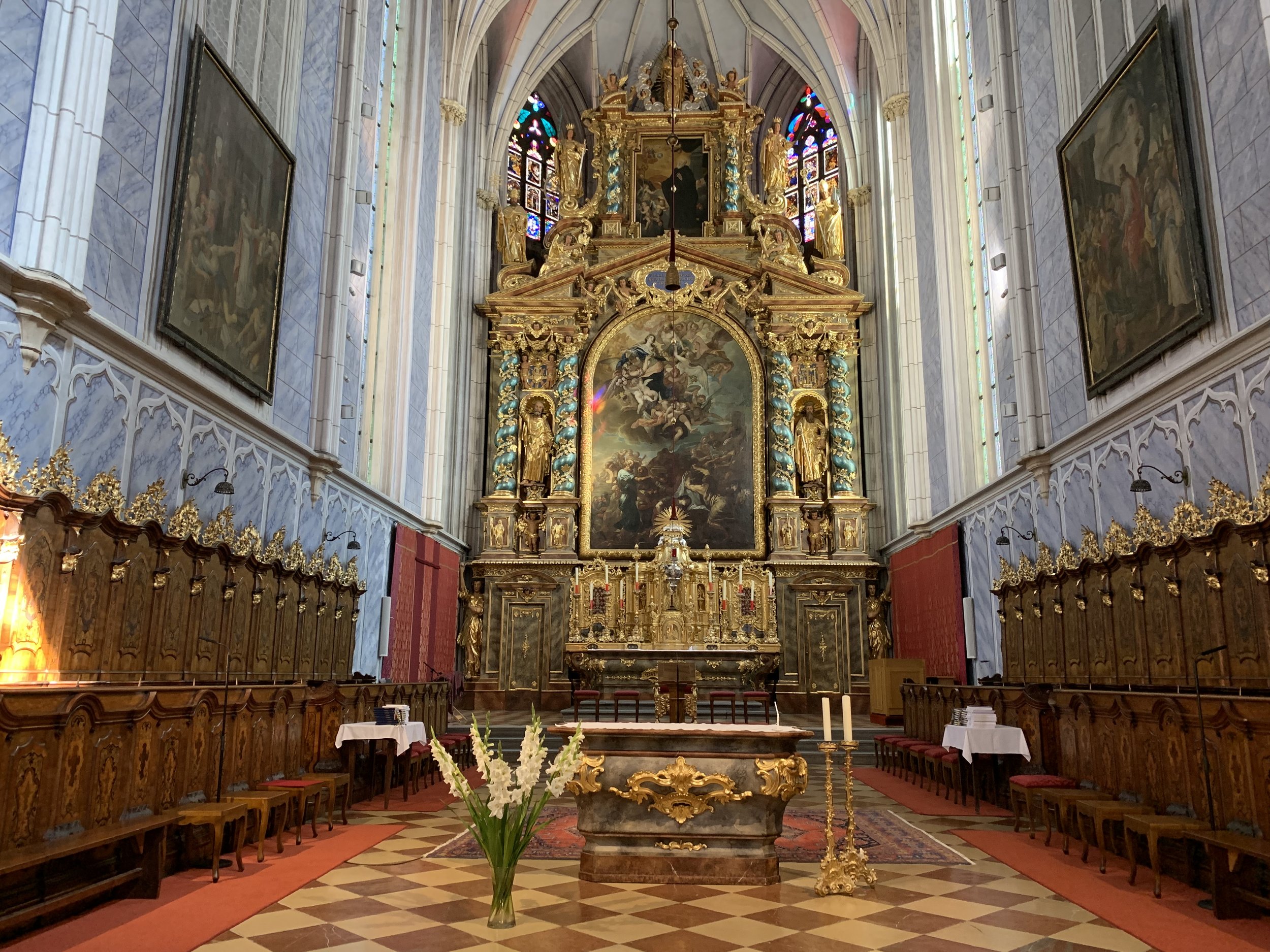The Viking Cruise - The Danube Waltz
The Danube Waltz
Traveling on a Viking Cruise is traveling on easy mode, and I don’t mean that in a bad way. The company does a fantastic job of making all the arrangements at your destinations and every tour, presentation, lecture, and meal started right on time. All the guided tours were meticulously organized and every city had just the right amount of time to see all the major highlights. Granted, if you were wanting to see a little bit more of Bratislava or Vienna, you might feel the cruise is cutting your time short.
The cruise was a Christmas gift from my dad. We had such a great time on our cruise to Alaska two years ago that he wanted to recreate that somewhere else in the world. There was a discussion about doing a Mediterranean cruise but it was nixed due to possible ship size (too big) and very touristy destinations (too busy). We briefly talked about a Scandinavian cruise but my family did one about ten years ago and felt we should go somewhere new. After some additional discussion, we decided on doing a cruise down the Danube river.
Viking Cruises are heavily marketed in the United States (so much so that when we mentioned we were doing a river cruise, the first question was “A Viking Cruise?)” The cruise line is targeted to an older audience and it certainly showed with the passengers onboard. We were easily the youngest by 20 years. To be frank, these cruises aren’t cheap but they do provide great value. What we mean by that? Well, every destination offered an excursion or two at no additional cost (obviously included in the cruise price). Every meal on board felt like a 4 or 5 star meal and would’ve been hard to beat at any restaurant in the cities we visited. A nice touch was that every evening had menu options from that particular region (we could order wiener schnitzel in Vienna, goulash in Hungary or bratwurst while in Germany). The level of service by the staff onboard was the best we’ve experienced on any cruise line.
From the moment we arrived at the cruise port, everything was seamless and easy. Unlike large cruise ships, there was no wait time or lines to check-in, and our bags were at our room within minutes of us arriving. With about 185 passengers on board, getting on and off the ship at our destinations was hassle-free as well.
Here is a brief rundown of what we saw at each stop:
Day 1 - Passua, Germany
Plug in your headsets and let’s go! This was our first day going around on a guided tour using the Whisper devices, which were pretty great. Unfortunately, we were not docked in the middle of the town and had to be driven by bus into the center of town. We spent about two hours walking around the city culminating with a 30 minute organ concert. The organ in St Stephen’s Cathedral is the largest organ in a cathedral in the world. Passau is primarily a starting point for the cruise and not a worthwhile destination on its own unless you are a fan of organs.
Day 2 - Linz, Austria and Český Krumlov, Czech Republic
The unanimous highlight of our cruise was Český Krumlov. The town was an hour and a half drive from Linz and it felt like we stepped onto a Disney movie set. The town was in great condition with ample alleyways to get lost in and delicious eateries to enjoy a meal at. If you find yourself in this area of Czech Republic, we suggest making a day trip to visit this beautiful town.
We didn’t spend an inordinate amount of time in Linz. It lacked any sort of charm and was more of a stop to get to Český Krumlov. There was a relatively big shopping street that we visited but otherwise we found no real reason to visit Linz.
Day 3 - Wachau Valley and Krems, Austria
The Wachua Valley was gorgeous. We were incredibly lucky with the weather (for most of the cruise actually) and enjoyed a very scenic journey through the Wachua Valley. Interesting fact: It is the only place in Austria where they are able to successfully grow wine. We ended our journey through the valley with a stop in Krems to visit the Göttweig Abbey. The Abbey was founded in the 11th century and has been rebuilt numerous times after a few catastrophic fires that burned down the abbey. It was an interesting stop along the route and offered some fantastic views of the valley.
Day 4 - Vienna, Austria
We woke up in Vienna to a gorgeous sunrise and had a feeling we were going to have a great day. Vienna is such a majestic city of grand palaces and beautiful architecture. However, the highlight for me was the delicious wiener schnitzel I was able to enjoy. As the capital city of the Habsburg monarchy, Vienna is well-worth a two or three day visit. With the short stop there, we were only able to see most of the highlights (the Hofburg, Schönbrunn Palace, The Goldenes Quartier shopping street, a few plazas, and the Opera House).
Day 5 - Bratislava, Slovakia
Bratislava is the smallest capital city in the European Union and the youngest as well. We took a brief bus ride to the Bratislava castle and then made our way around the old town of the city. While walking around the old city, we visited the main square and shopped at the oldest store in the city. Here, we bought Pozsony crescents, which were filled with walnut paste. Vynikajúce!
Day 6 - Budapest, Hungary
Our second favorite highlight of the cruise was sailing into Budapest at night. All of the major landmarks along the river were lit up and it was a sight to behold! We woke up the next morning to take a tour of the Buda Castle area up on the hill. For those that don’t know, Budapest is actually two cities, Buda and Pest, that became one in 1873. The two sides are split by the Danube River. The tour took us to the Buda side of the river and then brought us back to the boat for lunch. After lunch, we spent a several hours walking around the shopping area making our way to the Central Market Hall and then to Parliament. At Parliament Square we visited the 1956 Memorial which is to serve as a reminder of the 1956 revolution against the authoritarian Soviet regime established in Hungary after the Second World War. We finished up our day walking around the shopping streets a little longer before making our way back to the ship to start packing for our flight the next day.
On the final morning of the cruise (Sunday), the ship was still docked in Budapest. Some passengers opted to stay in the city to explore more, whether on their own or through an extension with Viking. We had to wake up early that final morning to head to the airport at 4 AM. We had booked these flights back in January, with the intention of getting back in time to return to work on Monday morning. Instead of buying another set of tickets, we decided to not take the second leg of the trip that went from Munich back to Charlotte, and thus, starting our next chapter abroad.
We spent the remaining day in Munich checking out some of the sights around the city, including the BMW headquarters. Just to note, it is typical for most places to be closed in Germany on Sundays, so many of the shops and markets we passed were closed.
While we don’t see ourselves booking another Viking Cruise any time soon, as it is different than our typical travel style, we can definitely see the appeal. Everything was seamless and smooth, and perfect for those that don’t want the hassle of planning the logistics of a European vacation. It takes the guesswork out, helps remove language barriers, and provides topnotch accommodations without having to pack and unpack in every city.
In terms of our ship the Prestige, it did feel a bit dated on the inside. We were able to walk through a few other Viking ships during our cruise and found they had a modern interior and updated features compared to what our ship had to offer. Newer ships also had full balconies for each room while we had a sliding door to the outside. If you do decide to move forward with Viking, insist on having a room towards the middle instead of the stern (back) so you have less vibrations from the motors.
Here are some photos of the ship (granted we missed a few of the spaces):









